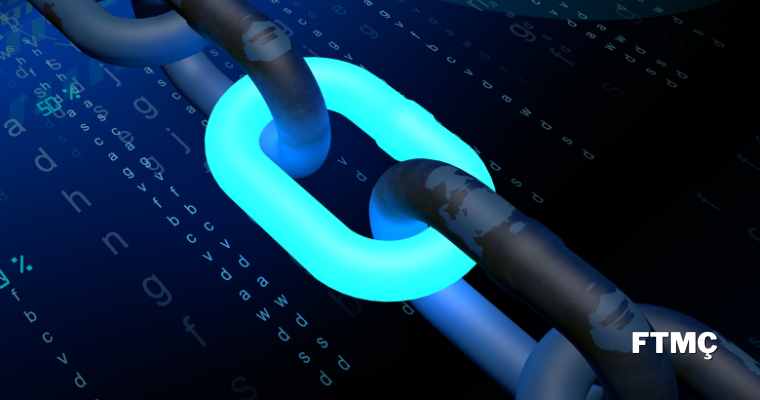In today’s world, work is becoming more digital, distributed, and dynamic. Teams need to share files, communicate, and collaborate across different locations, devices, and time zones. However, traditional tools and platforms often fail to meet these needs. They are either too complex, too insecure, or too expensive.
That’s why a new platform called ftmç has emerged. FTMÇ stands for “file transfer, messaging, and collaboration.” It is an enterprise software platform that facilitates secure file sharing, instant messaging, and team collaboration.
What is ftmç?
FTMÇ is a blockchain-based platform that uses cryptography to enable secure peer-to-peer transactions, empowering individuals to be in full control of their money and personal data. With ftmç, users can instantly send and receive payments anywhere in the world without high fees or long delays. They can also use ftmç to trade stocks, vote, sign documents, and more.
Origins and history of Ftmç
Ftmç was first proposed in a 2020 whitepaper by researchers Ava Hoover, Ronald Perkins, and Noah Lane, who envisioned a scalable blockchain that could handle complex decentralized applications. After initial development funded by grants, ftmç launched its mainnet in November 2021 with an innovative “opera” consensus model underpinning it.
Key principles
Several key principles and mechanisms allow ftmç to function as a secure and effective decentralized network:
Decentralization
Ftmç has no central authority that controls the network. Transactions are validated and new blocks are added by a global network of node operators called validators. Anyone can run a node, providing there is sufficient staking of FTM tokens.
Consensus mechanism
Ftmç utilizes a Proof-of-Stake consensus that ensures validators have “skin in the game” through staking FTM tokens. This aligns network incentives and disincentives malicious behavior. Validators take turns proposing blocks in a randomized “opera” system.
Tokens and incentives
The native FTM token provides the underlying incentives layer for validators to maintain the network, while also being used to pay fees and interact with ftmç DApps. FTM is used for staking, payments, governance of the network, and more.
Smart contracts
Ftmç supports sophisticated smart contracts, which are self-executing programs stored on the blockchain that run when predetermined conditions are met.
Use cases for smart contracts
Common use cases include digital assets, decentralized finance apps, supply chain tracking, voting systems, and more. The key benefit is removing ambiguity and intermediaries from agreements and processes.
How ftmç works
Now that we’ve covered some key concepts, let’s discuss how the various components come together to enable the seamless flow of transactions and operation of DApps on ftmç.
Decentralization
The global pool of validators runs nodes that connect to the peer-to-peer ftmç network and participate in the consensus process. There is no central point of control, providing robust redundancy. Validators can be based anywhere in the world.
Consensus mechanism
Validators take turns proposing new blocks to add to the blockchain using a randomized “opera” system that prevents manipulation. Other validators check the proposed block is valid before confirming consensus. Tokens are slashed if malicious behavior is detected as a deterrence.
Tokens and incentives
Validators must stake significant FTM tokens to participate, while holders can delegate tokens to validators to earn a yield. Fees from transactions are directed towards validators/stakes, incentivizing a robust pool of participants to maintain the network.
Smart contracts
Developers deploy modular smart contracts onto the ftmç blockchain that execute based on conditional coding. For example, a trade is automatically settled when digitized payment and asset transfer occurs. The ledger provides a definitive record.
Benefits of ftmç
Now that you understand the basics of how ftmç works technically, let’s explore some of the benefits this architecture provides:
Security
By spreading control among globally distributed validators rather than a centralized entity, ftmç offers enhanced cybersecurity and resilience against outages. The blockchain’s encryption also provides security.
Transparency
All transactions, smart contracts, dApps and more deployed on ftmç are publicly visible. This degree of transparency builds additional trust and accountability into solutions built on its network.
Accessibility
Anyone can access ftmç DApps from anywhere with an internet connection and compatible wallet, helping open up decentralized services globally across devices. There are also very low barriers to building on ftmç as a developer.
Getting started with ftmç
Ready to start tapping into the opportunities of ftmç? To start, follow these three steps:
Setting up a wallet
First, you’ll need to choose and install a compatible crypto wallet such as Metamask. This will generate a public wallet address that will interact with the ftmç network.
Acquiring tokens
Next, you’ll need to fund your wallet with FTM tokens, which provide access to ftmç DApps and enable transactions. Exchanges like Binance offer FTM trading pairs that you can use to purchase tokens.
Using DApps
Finally, connect your funded wallet to ftmç DApps through browser extensions or mobile apps. Now you can start accessing decentralized finance, gaming, NFTs, and more! Explore and find use cases that excite you.
Conclusion
In summary, ftmç offers an innovative decentralized network architecture facilitating secure peer-to-peer transactions and new blockchain use cases through elements like smart contracts and native crypto tokens. Built around principles like decentralization and transparency, ftmç promises to further push blockchain towards mainstream utility and accessibility. By removing ambiguity and costs from processes via code, nearly any sector from finance, to manufacturing, healthcare, and governance can harness blockchain’s advantages.
